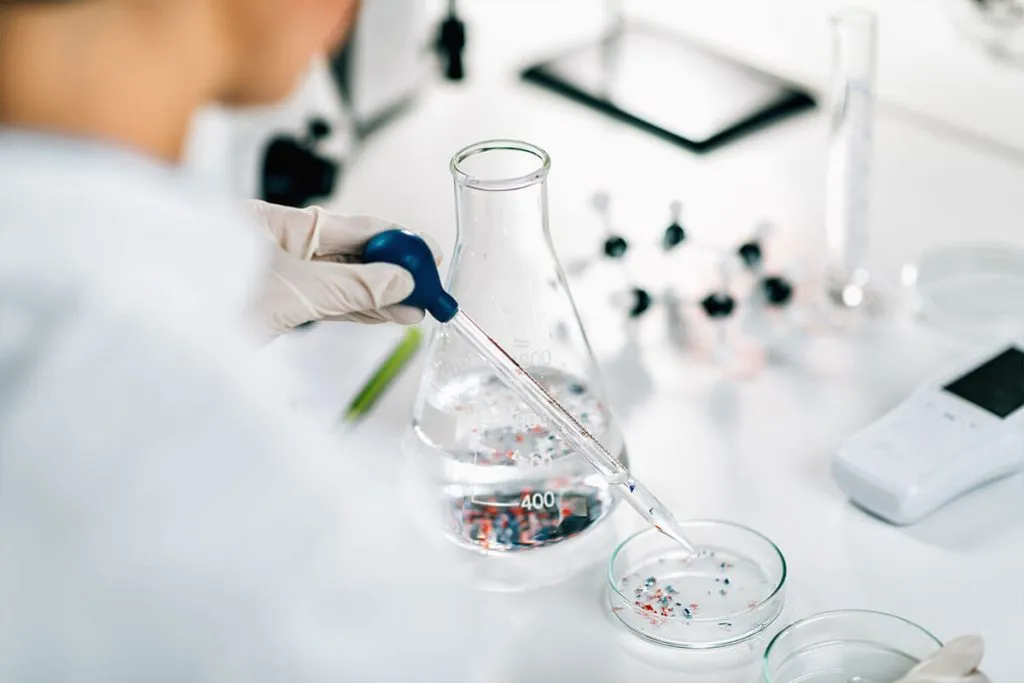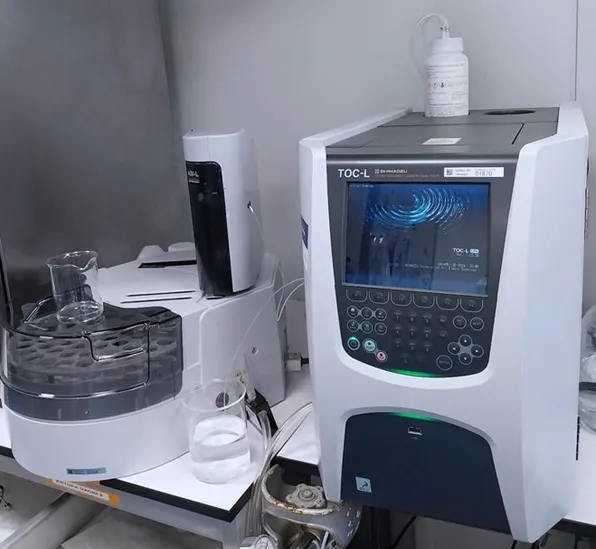Water polluted by microplastics: New treatment strategies

Microplastics (MPs), plastic particles smaller than 5 mm, are widely used in everyday products because of their versatility and low cost. However, their presence in the environment is a major global challenge. There is an opportunity to meet this challenge by developing innovative solutions that reduce their impact on the oceans and the food chain. As more research is conducted on the effects of microplastics on human health and ecosystems, it opens the door to advances in public policy, decontamination technologies and sustainable practices that will mitigate their impact and protect both the environment and our health.
Traditional systems for removing microplastics from water
Sewage treatment plants are not designed to remove plastic particles as their main objective is to remove nutrients such as nitrogen and phosphorus in addition to solid waste. They use technologies based on mechanical, biological, and chemical processes, which incidentally also remove some plastic particles, either by filtration or by binding to precipitated nutrients and microbial flocs. However, the more efficient the removal of MPs, the more of these particles end up in the sludge, increasing its pollution potential. These sludges, which contain between 20 and more than 180 MPs particles per gram of dry sludge, are often applied to agricultural land or landscaping projects because of their phosphorus and nitrogen content. In fact, the amount of MPs in terrestrial environments is estimated to be 4 to 23 times higher than in the oceans. This creates a dilemma: either water or soil is polluted. In addition, the ability of these technologies to remove MPs varies widely between studies, and in some cases no significant effect is observed.
In the European Union, there are still no standards to regulate the concentration of MPs in treated wastewater. Neither their presence in wastewater nor their pathways to ecosystems are considered in environmental legislation. Although it is recognised that they cause damage to aquatic and terrestrial environments, the extent of these effects is unclear, and more research is needed. However, technical improvements in wastewater treatment plants are being explored to reduce microplastic pollution, and numerous studies are underway to optimise their effectiveness in this regard.
New systems for removing microplastics from aquatic beds
Remediation of MPs involves their removal, degradation or recycling from the environment, strategies that can be achieved by electrochemical processes.
Electrocoagulation
One prominent method is electrocoagulation, which is an economical and environmentally friendly way to remove pollutants from water. The process involves dissolving a metal electrode whose cations bind to the MPs, forming larger precipitates that are then filtered out. Selection of the appropriate electric field is essential to maximise the efficiency of this process while minimising energy consumption. Experiments with municipal wastewater show that electrocoagulation can remove 90-100% of MPs using aluminium electrodes, which are more efficient than iron electrodes, achieving removal efficiencies of over 90%.
Polymer electrochemical oxidation
They can also be degraded by electrochemical oxidation of polymeric materials. This produces reactive oxygen species such as hydroxyl radicals and hydrogen peroxide, which attack the chemical bonds of the MPs. Boron-doped diamond (BDD) electrodes can degrade up to 90% of microplastics within a few hours, converting them mainly to CO₂. This process involves the cleavage of C-H and C-C bonds in the polymers, facilitated by hydroxyl radicals. Other parameters, such as current intensity and electrolyte type, are also important in optimising the process. High efficiency has also been observed in the degradation of nanoplastics (NPs), with sulphate radicals being more effective than hydroxyl radicals. In these cases, the use of BDD achieves efficiencies more than 85%.
Although the elimination of MPs is the main objective, it is also possible to recycle and convert them into products of high interest. For example, the electrocatalytic conversion of polyethylene terephthalate (PET) into chemicals such as terephthalic acid and hydrogen for industrial applications has been achieved. Despite these advances, electrochemical processes face major challenges, such as the need for high potentials and the widespread presence of undesirable side reactions that reduce the efficiency of the electrocatalytic process.
Photocatalysis
Photocatalysis is presented as another efficient advanced oxidation process (AOP) for the complete degradation of MP. Semiconductors such as titanium dioxide (TiO₂) and zinc oxide (ZnO) generate reactive species when they interact with light, which oxidise the MPs and cause their degradation. The process of MPs mineralisation begins in the conduction band of the semiconductor, where electrons react with oxygen to form superoxide radicals, which in turn interact with water molecules to form hydrogen peroxide and finally hydroxyl radicals, which further oxidise the reaction intermediates sequentially to CO₂ and H₂O.
Total Organic Carbon (TOC)
Total organic carbon (TOC) measurements are a fundamental technique for assessing the mineralisation efficiency of processes designed to convert MPs into CO₂ and H₂O. Other techniques are also used to monitor the degradation of plastics, such as infrared spectroscopy (IR) and chromatography, which can identify changes in the chemical structure of the polymer or the presence of specific fragments. However, these techniques do not provide a direct measure of the complete conversion of the plastic into inorganic compounds. In contrast, TOC provides an accurate quantification of the residual carbon in the system, making it the most effective method for determining whether the plastic has reached full mineralisation.

At AIMPLAS we have TOC measurement equipment that we use to evaluate our water decontamination capacity, including analysis of microplastic mineralisation. This equipment allows us to ensure that the degradation processes we use are efficient and contribute effectively to the reduction of contamination in aqueous media. Please contact us for more information.
